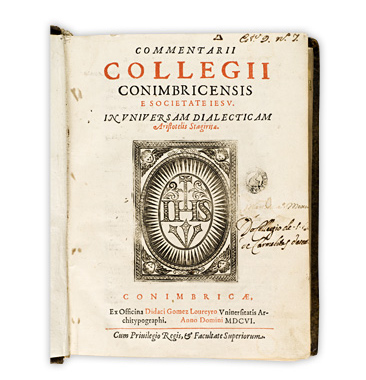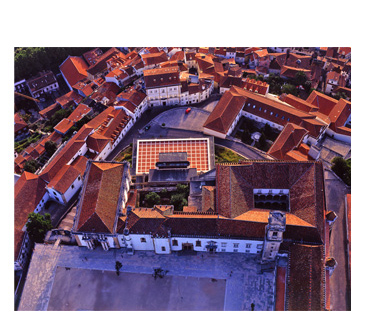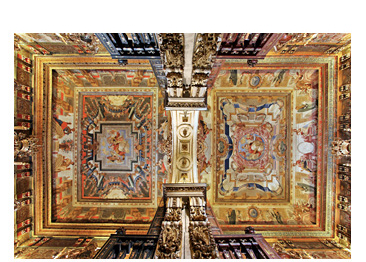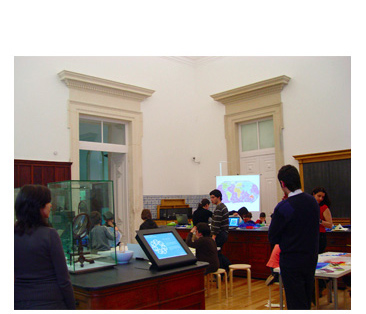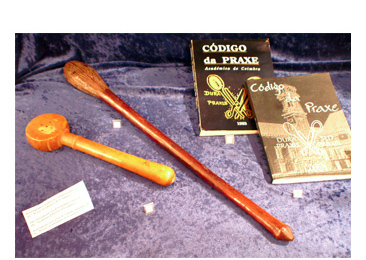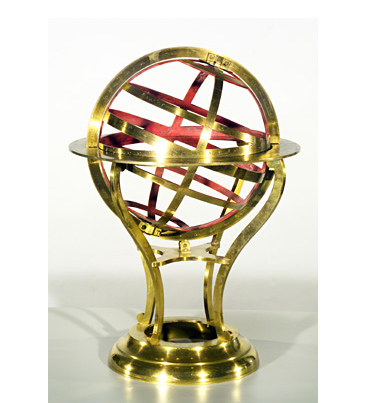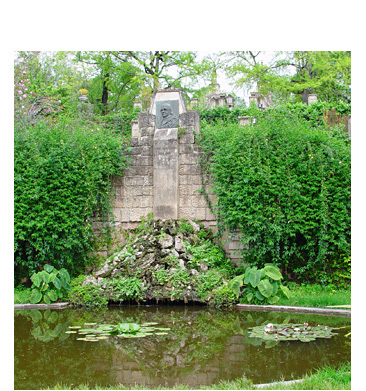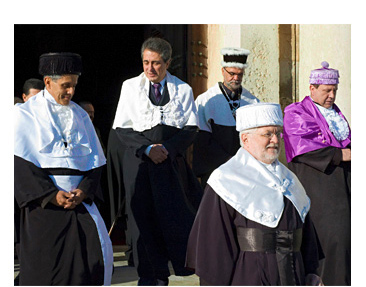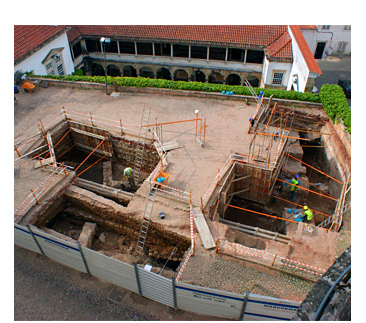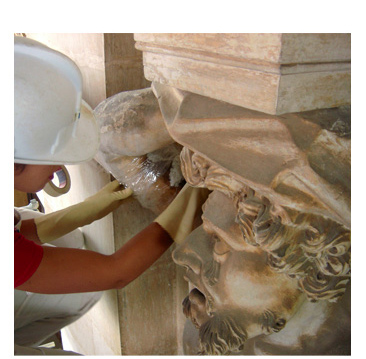
One of the Oldest Universities in Europe
In 1290 the University is founded in Lisbon by royal decree of King Dinis. Until the end of the 13th century it is part of a small group of 15 operating universities in Europe. After a period of alternation between the cities of Lisbon and Coimbra, the definite transference occurs in 1537, by order of King John III and with the strong influence of the Santa Cruz Monastery.
